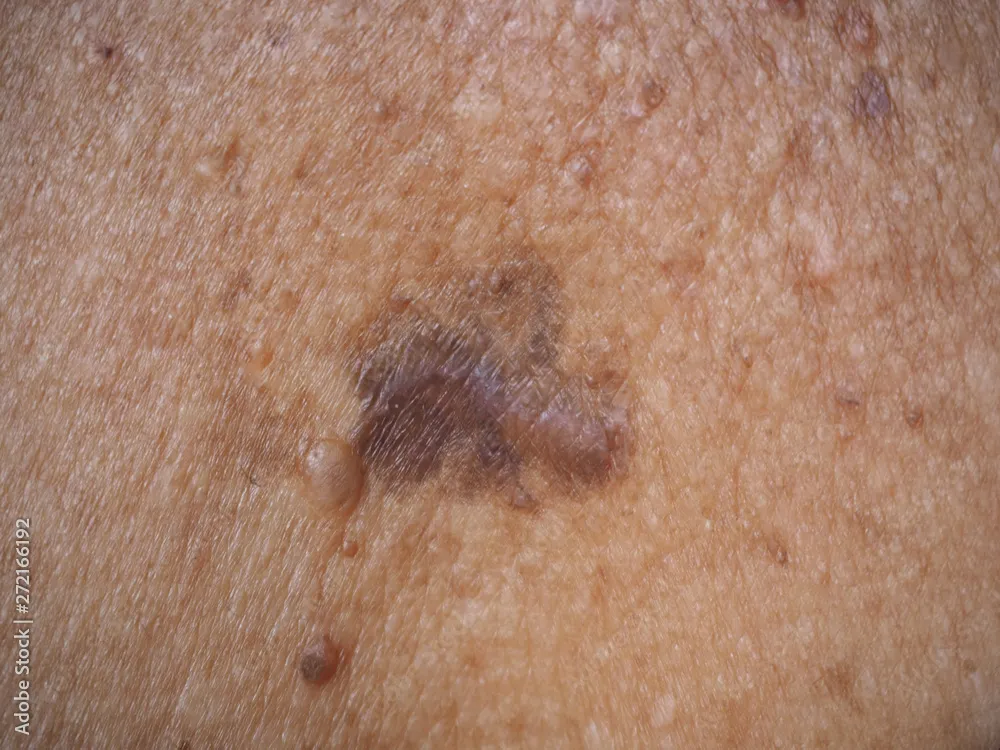
4.99
3k+


Squamous cell carcinoma begins in the squamous cells, which make up the middle and outer layers of the skin. It is a common type of skin cancer and is typically not life-threatening. If not treated, however, it can grow large in shape and size and even spread to other parts of the body if it grows too deep into the skin, causing injury to nerves, blood vessels and anything else that comes in its way.
Squamous cell carcinoma is caused by too much ultraviolet light, such as sunlight, tanning beds, or lamps. It takes the shape of a firm bump—a nodule—on the skin. Symptoms can vary, but things to look out for include a rough, reddish or scaly area, an open sore that won't heal wart-like growth, or a sore developing in an old scar.
To determine if your squamous cell carcinoma has turned into skin cancer, we will examine the affected area. If it looks like it could be cancerous, we'll move forward with removing a sample for further testing. This quick biopsy would involve your provider numbing the area and removing all (or part) of the spot. The skin that your provider removes will then be examined to determine if your tissue is benign (normal, non-cancerous) or malignant (cancerous), what type of squamous cell skin cancer it is and/or whether the cancer has any other features that make it more aggressive or concerning.

4.99
3k+
